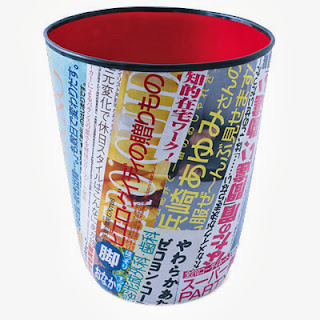Our dining chairs are so tired they literally scream at us each time we sit in them. They creak so loudly, it's like they are saying: Put me out of my misery!
We've dithered forever about what to get to replace them. We've spent so long looking, the pressure has now mounted, and we're on the hunt for the perfect dining chairs.
We have a long, narrow, farm table with a thick, oak top and black base. What we really want are six to eight interesting, not too formal, antique chairs with character.
Something like this spindle chair:
Ann Morris Antiques on 1stDibs.com
Or comfortable, English country chairs like these:
Jean Williams Antiques on 1stDibs.com
Or these fine but informal rush-seated chairs:
Spurgeon-Lewis Antiques on 1stDibs.com
Wouldn't those all be great? Of course, it's not hard to find furniture worth dreaming about on 1stDibs. And not hard to buy it either if money is no object! But the reality is, our chairs will get abused over the years, and we might be better off with less precious, new chairs. Here's a roundup of some that have caught my eye. I've listed prices where I know them.
Here's a worthy candidate. It's Hickory Chair's Seymour Side Chair. It's very traditional, but also a little modern. Definitely a classic:
Prepare yourself, I'm going to go all over the dining chair map.
How adorable is this little painted chair? Although maybe not terribly comfortable. It's Baker's Tulip Side Chair, based on a historical design from Charleston, SC. I especially love the handle:
The wood seat on this industrial classic warms it up enough that I think it would look at home at our table amongst a collection of informal antiques. The 1006 Navy Side Chair with wood seat from Design Within Reach. $725:
I took a look at the options at our nearest unfinished furniture store. Would it be crazy to have a set of these Queen Anne arm chairs, and leave them unfinished? I would cover the seats in something with an earthy texture and color. If that doesn't grab you, what about painting the chair in high gloss in a great color, like navy, ivory, rust, jade green, or chinese red? For $159 plus paint, it would make quite an impact. Since our table has a black base, I could see them painted black with a fresh blue and white fabric on the seat.
Here is another interesting option from the unfinished furniture mart. A Beech Steambent tall arm chair. I think this chair has to be black, or maybe red. I think of all of them, I'm drawn to this one the most. It's traditional, but unusual. A little bit Asian, a little bit New England. $164.
If I'm going to venture into the realm of modern furniture, it has to have character and warmth to help it blend with other styles. I don't live in Philip Johnson's Glass House, for pete's sake. We have a motley crew of inherited furniture and wedding presents, no style in particular predominating. IKEA's Reidar Chair would disappear a little, but be an interesting surprise once you really looked at it. Did I mention it's aluminum? What about the fact that it's stackable? And how about the price? $49.99.
Alas, none of them is perfect, so I will just have to continue the search.
Update over a year later: We finally found them!
They are windsor chairs made in England by Batheaston. We think they are cheerful and full of character. They remind me of English pubs. They are also supremely comfortable, and very practical. I was drawn to a lot of chairs with rush seats, until I realized they would get caked with food over the next few toddler years, and no one near us in Wyoming can replace rush seats. These chairs wipe clean and have even survived puddles of milk left overnight on the seats! Here is the side chair of the same style:
And another chair made by Batheaston that I absolutely LOVE and was tempted to get instead. But I decided a set of eight was a little much in this style:




























